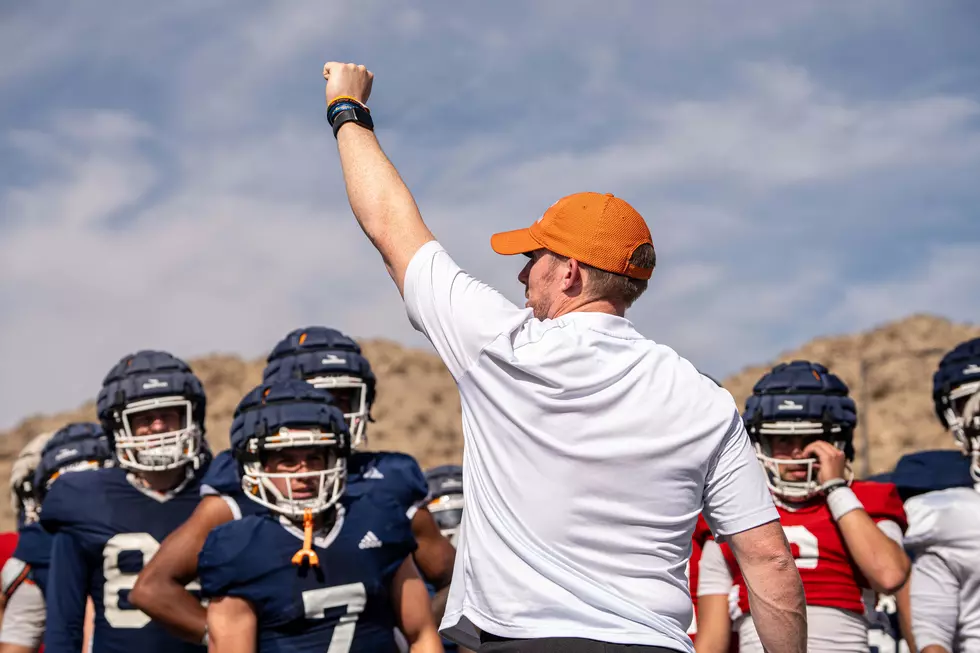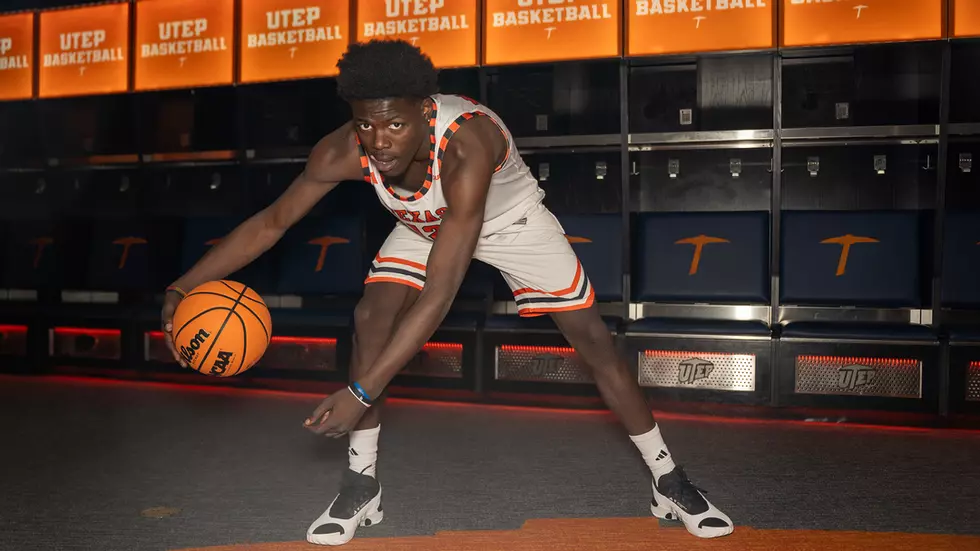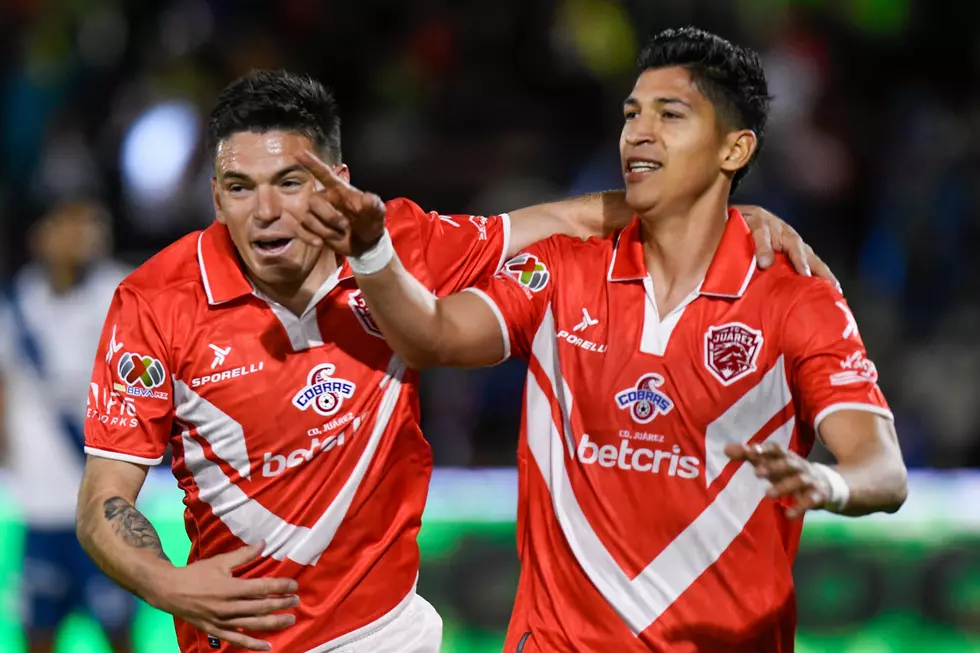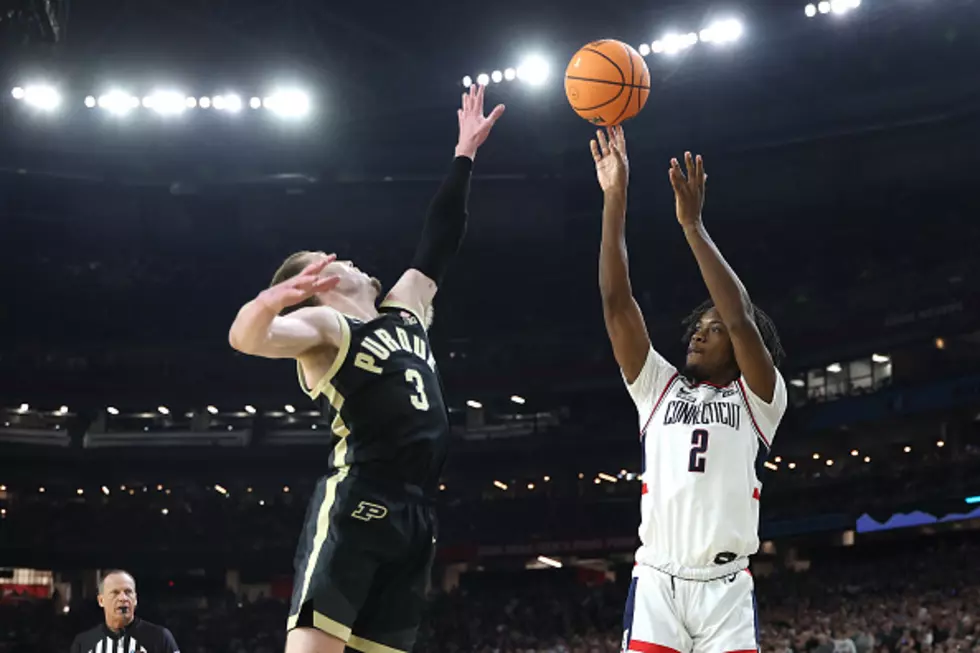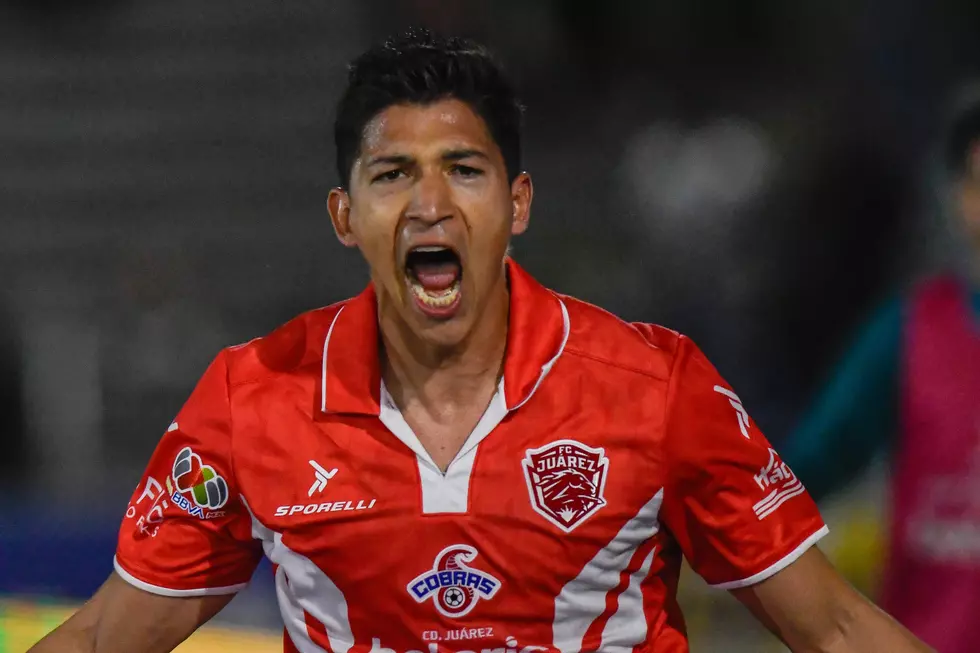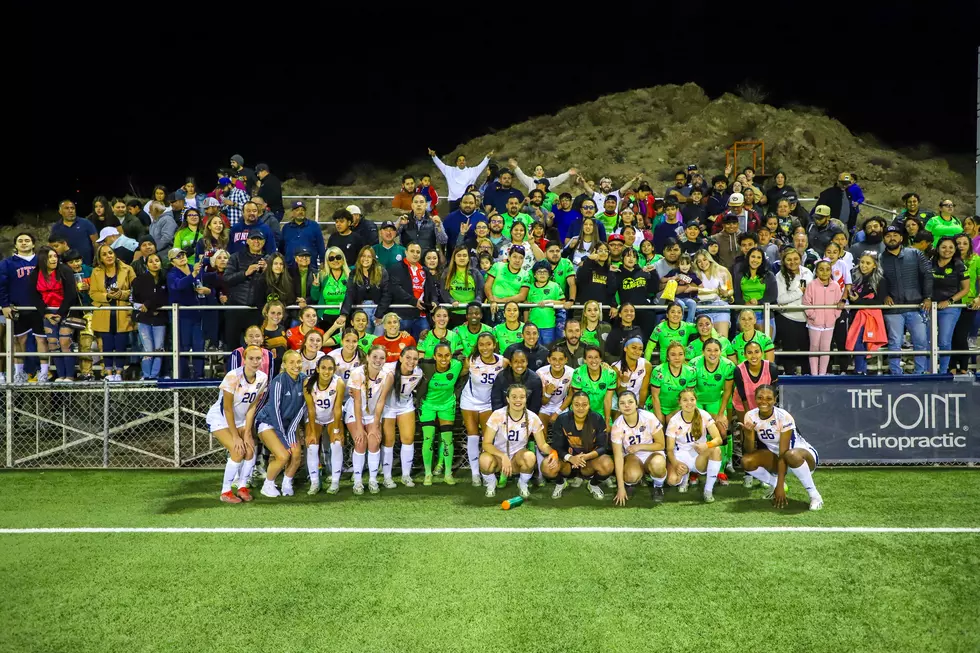
Why Miguel Herrera is the Right Man for Mexico
Yes, Mexico advanced to the round of 16 for a sixth straight World Cup. And yes, for a sixth straight World Cup, they were ousted in the round of 16. But if not for a very late collapse and a controversial-- some might say horrible-- penalty call in stoppage time, Mexico would find themselves playing Costa Rica in the quarterfinals. Alas that didn't happen.
What did happen was that Miguel Herrera did in just seven months, what a multitude of his predecessors couldn't do during the preceding qualifying process for the Mexican national team. When Mexico stumbled into a two-game playoff versus New Zealand-- thanks to the United States' comeback victory in their last qualifying match-- Herrera was tapped as the interim coach to lead Mexico in the matches. Coming off the Clausura 2013 championship with his team Club America and leading America as the top team in the Apertura 2013 season, Herrera seemed the perfect choice to get Mexico into the World Cup. Unlike past Mexico team who preferred the 4-4-2 formation, Herrera preferred to use the 5-3-2 formation-- a creative system that opened up the offensive attack with the use of his left and right backs coming up the wings to set the scorers up in the middle of the pitch.
With little to prepare for New Zealand, Herrera tapped mostly domestic players and ten from his Club America team-- because they knew the system best. After thrashing New Zealand to qualify for the World Cup, Herrera was officially given the job and had the next seven months to get a team ready to compete. Many in the Mexican suspected Herrera would follow his heart and make the Mexican national team basically his Club America in national colors. Mexican media also figured that none of the European-based players would get much of a shot to make the team.
Instead, Herrera analyzed all the players at his disposal and assembled the team using his head; not his heart. He only brought six members from Club America because they were the best for those positions and the best to help the rest of the roster learn Herrera's system quickly. He brought in seven players from Europe because they earned their spots. Though Javier "Chicharrito" Hernandez may be among the most popular players in Mexico, Herrera decide to start games with him on the bench. Herrera believed that Oribe Peralta and Giovanni Dos Santos were best suited to start as the forwards in his system, and he felt that Hernandez was better providing a spark late in games-- as he did scoring a goal against Croatia and coming close against Cameroon.
Even though no longer a young player, Herrera brought Rafael Marquez back as the team's captain and backbone of the defense (two places where Marquez has excelled throughout his career). Many expected Jesus Corona would be named the goaltender, but he tapped European-based Guillermo Ochoa to mind the net. The fact that he only gave up two legitimate goals-- the third was a penalty kick-- and had six amazing saves against the Brazilian onslaught, it seems Herrera made the right choice.
In just seven months, the Mexican offensive attack was completely revived and was quite dangerous in the World Cup. Given a full four years to develop his system and prepare the young players that will be emerging from the 2012 Olympic gold medal winners and the U-17 World Cup champions, will give Herrera a team that could make at least a semifinal run in the 2018 World Cup Russia. They might even become the first selection from outside Europe or South America to give a realistic challenge for a World Cup title.
More From 600 ESPN El Paso
